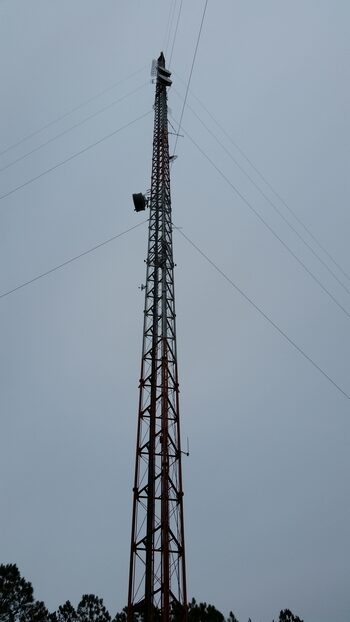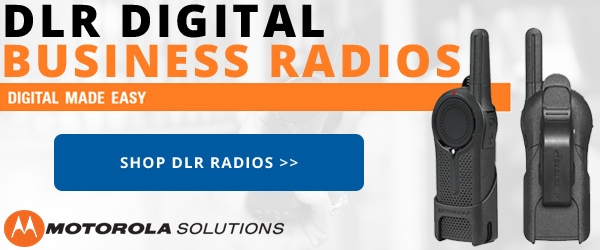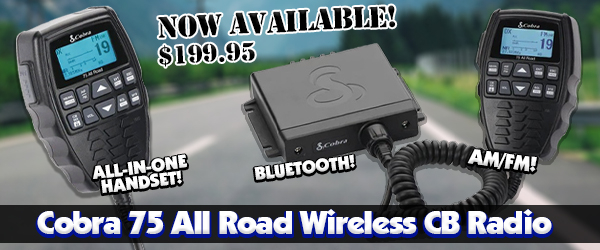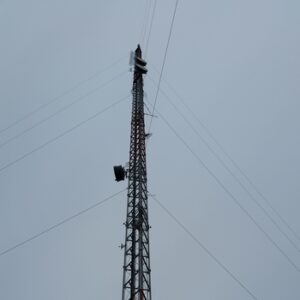 We get comments and questions from customers who are interested in GMRS repeaters and want to set up their own. Such is the case in regards to our Wouxun KG-1000G repeater video tutorial. Some of this feedback comes from hams who are familiar with the rules of using repeaters on the amateur radio service, with the natural assumption that the FCC rules for GMRS repeater stations are the same as those for amateur radio. While this is mostly true, there are some exceptions that make owning and operating a GMRS repeater a little different, and perhaps easier, especially if it is for private use.
We get comments and questions from customers who are interested in GMRS repeaters and want to set up their own. Such is the case in regards to our Wouxun KG-1000G repeater video tutorial. Some of this feedback comes from hams who are familiar with the rules of using repeaters on the amateur radio service, with the natural assumption that the FCC rules for GMRS repeater stations are the same as those for amateur radio. While this is mostly true, there are some exceptions that make owning and operating a GMRS repeater a little different, and perhaps easier, especially if it is for private use.
To clear up the confusion and separate fact from fantasy, here is the truth about GMRS repeaters.
According to the FCC rules under § 95.1751 GMRS station identification, "Each GMRS station must be identified by transmission of its FCC-assigned call sign at the end of transmissions and at periodic intervals during transmissions except as provided in paragraph (c) of this section. A unit number may be included after the call sign in the identification."
A GMRS station refers to any Part 95E type accepted device that transmits and receives signals on the GMRS radio service. This includes portable handheld walkie talkies, mobile radios and base station units. It also includes GMRS repeaters.
The rules also specifically state how the call sign (ID) must be transmitted, as outlined below:
(a) The GMRS station call sign must be transmitted:
(1) Following a single transmission or a series of transmissions; and,
(2) After 15 minutes and at least once every 15 minutes thereafter during a series of transmissions lasting more than 15 minutes.
(b) The call sign must be transmitted using voice in the English language or international Morse code telegraphy using an audible tone.
So, yes, just as with a ham radio repeater, a GMRS repeater is required to transmit a call sign. However, as simple as it sounds, it is this specific point that seems to cause some confusion.
Most publicly accessible repeaters operate unassisted, without a station operator present 24/7. This means that in order to comply with the rules, there must be a system in place to automatically transmit the call sign or station ID at the required intervals. In fact, such a system has long been used by amateur repeaters everywhere, and is generally the accepted norm among members of the ham community. Therefore, it stands to reason that some sort of auto ID controller would be required to operate a GMRS repeater as well. And for the most part, this is correct.
However, there are scenarios in which an auto ID isn't necessary at all. According to subpart (c) under the same section:
(c) Any GMRS repeater station is not required to transmit station identification if:
(1) It retransmits only communications from GMRS stations operating under authority of the individual license under which it operates; and,
(2) The GMRS stations whose communications are retransmitted are properly identified in accordance with this section.
In simple terms, the repeater does not need to auto ID if it's intended for use as a private or closed repeater system.
Consider, for instance, a family farm or ranch. Since a GMRS license covers the entire family, the repeater does not have its own callsign. The repeater is also identified by that family license. each family member using the repeater provides the call sign and their station ID over the repeater every fifteen minutes, which suffices for the repeater ID.
To repeat, pun intended, if it is a private repeater operating solely between operators of the same GMRS license such as a single family, and each operator is properly identifying their individual stations as required by their license, the repeater itself does not need to transmit an ID. This is simply because the station ID is automatically being transmitted by each individual operator relaying the call sign.
An automatic repeater ID function is only necessary if people other than those covered by your license are also using the repeater. And that's the truth.







